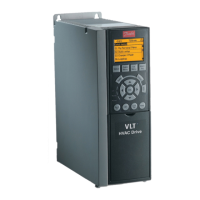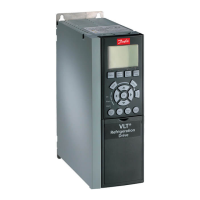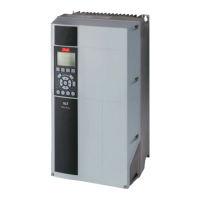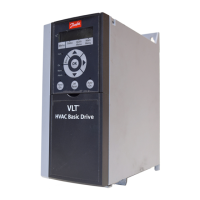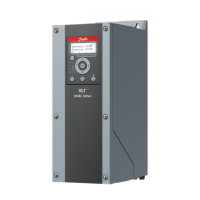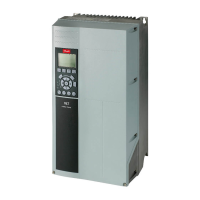Transfer impedance (Z
T
) can be assessed on the basis of
the following factors:
- The conductibility of the screen material.
- The contact resistance between the individual
screen conductors.
- The screen coverage, i.e. the physical area of the
cable covered by the screen - often stated as a
percentage value.
- Screen type, i.e. braided or twisted pattern.
a. Aluminium-clad with copper wire.
b. Twisted copper wire or armoured steel wire cable.
c. Single-layer braided copper wire with varying
percentage screen coverage.
This is the typical Danfoss reference cable.
d. Double-layer braided copper wire.
e. Twin layer of braided copper wire with a
magnetic, screened/armoured intermediate layer.
f. Cable that runs in copper tube or steel tube.
g. Lead cable with 1.1mm wall thickness.
175ZA166.13
0,01 0,1 1 10 100 MHz
10
10
10
1
10
10
10
10
10
a
b
c
d
e
f
g
The lower the Z the better the cable screening performance
Transfer impedance, Z
t
mOhm/m
Electrical Installation FC 300 Design Guide
MG.33.BD.02 - VLT
®
is a registered Danfoss trademark 223
8 8
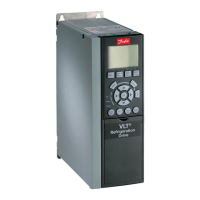
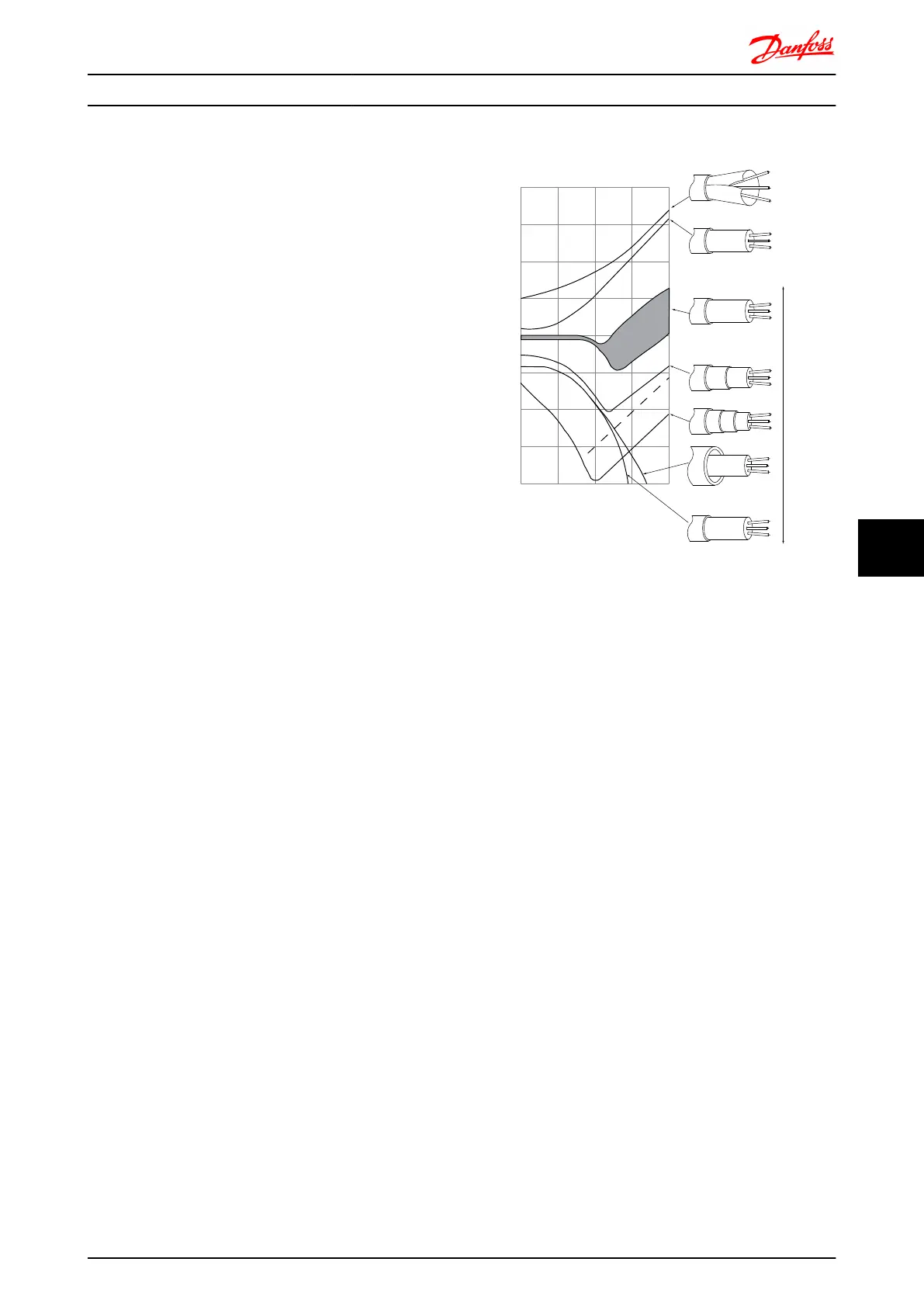